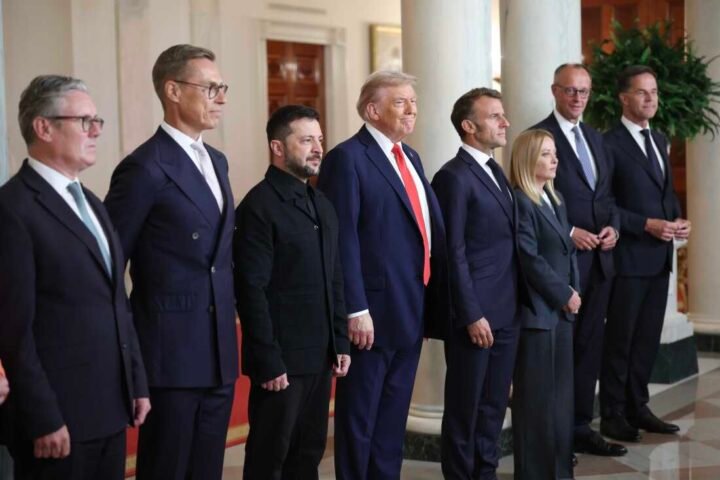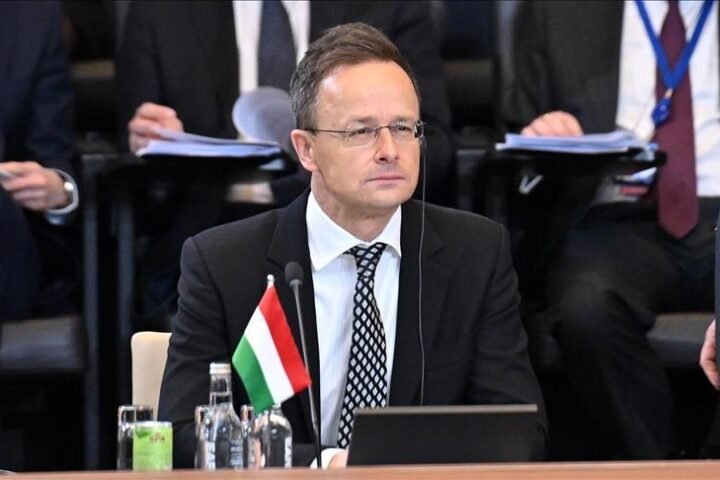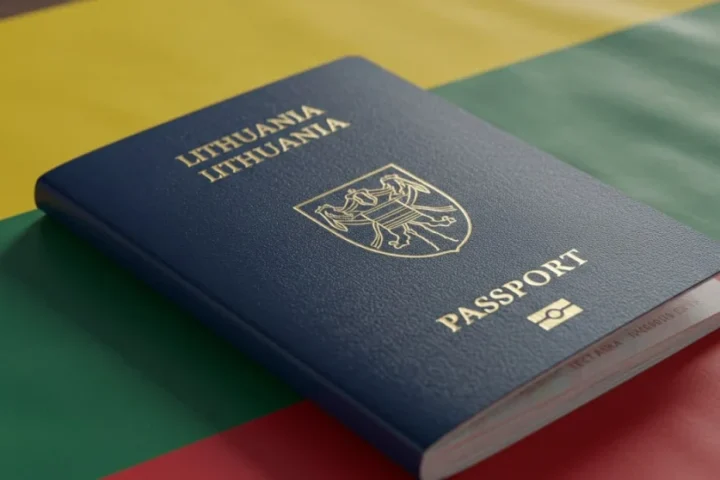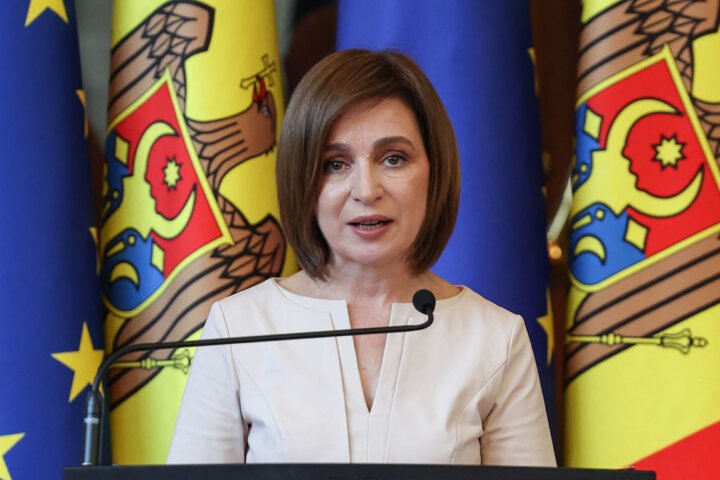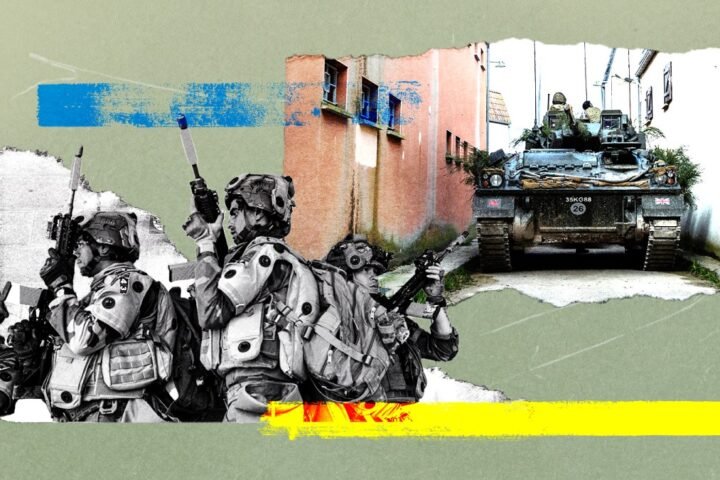Russia’s largest industrial producers are shifting to four-day workweeks amid signs of a worsening economic downturn and declining domestic demand. On July 23, carmaker AvtoVAZ announced it may move to a reduced work schedule starting September 29, citing mounting pressures from both the domestic auto market and broader macroeconomic conditions. The company, which operates major plants in Togliatti, St. Petersburg, Izhevsk, and Argun, pointed to overstocked warehouses and increased competition from cheap imported vehicles as key drivers of the decision.
Auto market oversupply, foreign dumping erode domestic demand
AvtoVAZ reported that nearly 400,000 unsold vehicles are stockpiled at its facilities. According to the company, massive auto imports into Russia in 2024 — many from Chinese brands — are exacerbating oversupply. These brands are employing aggressive pricing strategies that local producers are struggling to match. Despite manufacturing over 525,000 vehicles last year, AvtoVAZ has set a more modest target of 500,000 units for 2025. Company representatives emphasized that the final decision on workweek changes will depend on factors such as interest rates, credit availability, and overall market dynamics.
Four-day weeks spread across Russia’s industrial giants
AvtoVAZ is not alone. Other major Russian manufacturers, including Kirovsky Zavod and Chelyabinsk Electrometallurgical Plant, are also reducing hours to avoid layoffs. The Kirovsky group — once a global supplier of power equipment for naval fleets, icebreakers, and nuclear plants — is reportedly considering similar cuts amid falling orders. Its flagship Petersburg Tractor Plant, once dominant in the Russian tractor market, now faces stagnation.
Chelyabinsk’s plant, despite generating over 81.5 billion rubles in revenue in 2024, ended the year with a net loss of 519.4 million rubles. Its administrative staff will now work four-day weeks as the company seeks to cut labor costs.
Machinery sector contraction signals deeper structural decline
The contraction is particularly stark in agricultural machinery. Rostselmash, a leading producer of harvesters and tractors, shifted to a four-day schedule earlier this year and laid off 2,000 of its 10,000 workers. Production volumes have dropped threefold compared to 2024.
In July, Yaroslavl’s key industrial plants — Avtodizel and YAZDA — began reduced operations amid a slump in commercial vehicle sales. The new work regime will remain in place until year-end. Chelyabinsk-based agricultural machinery maker Traktor is also shortening its workweek in response to shrinking demand.
Economic indicators show worsening outlook despite official rhetoric
The slump comes as Russia’s official messaging continues to emphasize economic resilience. Yet, key data suggest a widening gap between government claims and reality. Russia’s manufacturing PMI in June fell sharply to 47.5 — its lowest since the start of the war in Ukraine — indicating a contraction in the sector.
Sales of new passenger cars dropped by 26.3% in the first half of 2025, with Lada’s sales down by 25% to just 155,480 units. Even with state defense orders — once a buffer for struggling industries — unable to sustain production levels, the broader industrial slowdown is becoming impossible to overlook.
As some of Russia’s largest employers scale back operations and reduce working hours, the economic strain is now being felt at every level of society. The widening disconnect between booming elite wealth and shrinking incomes for average workers underscores growing structural weaknesses in the Russian economy.

